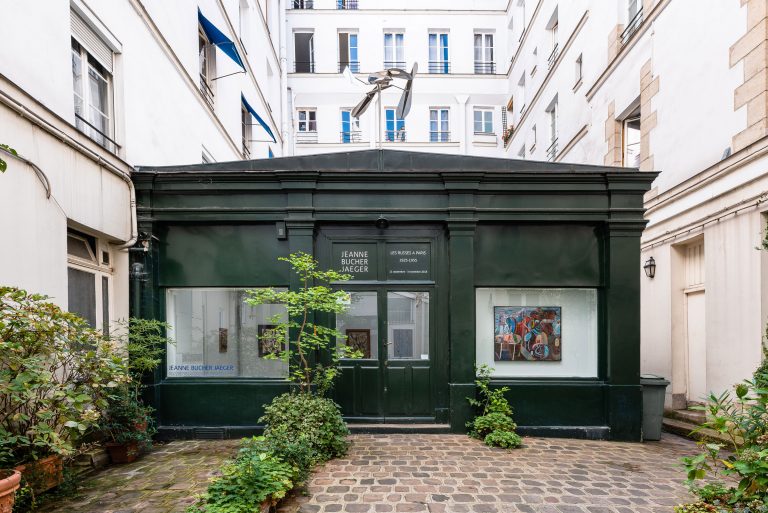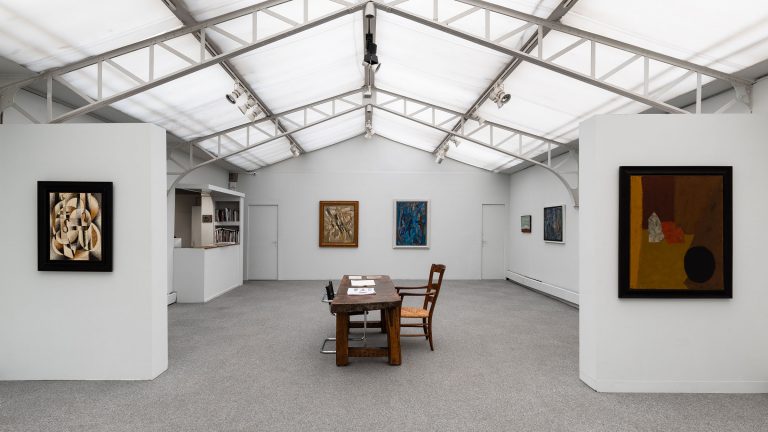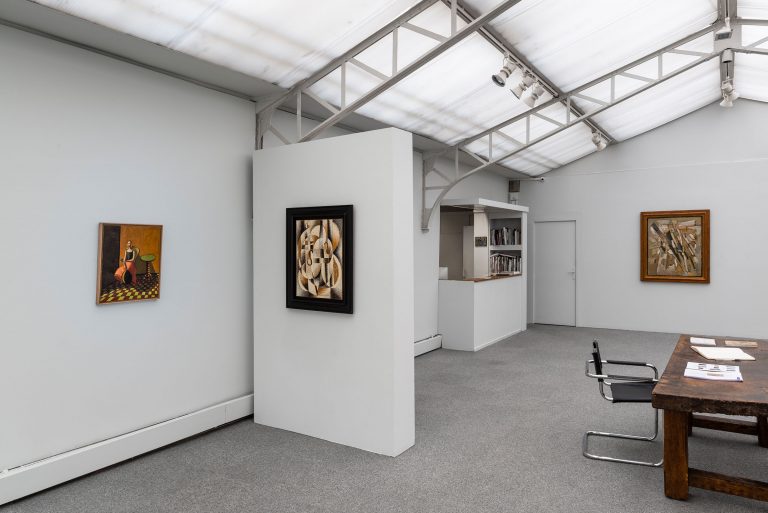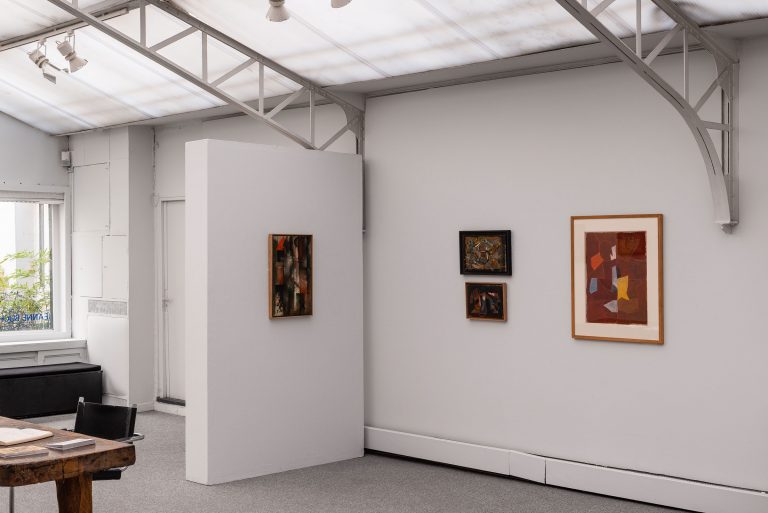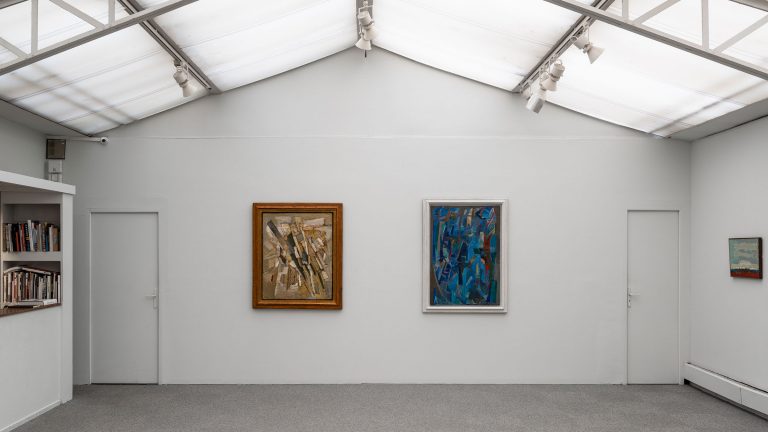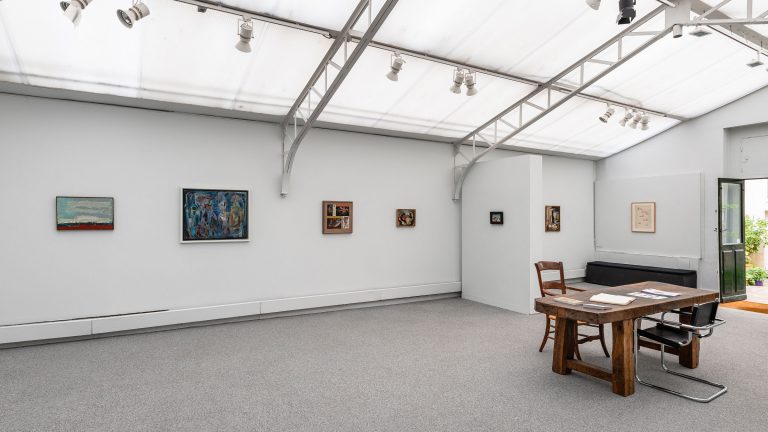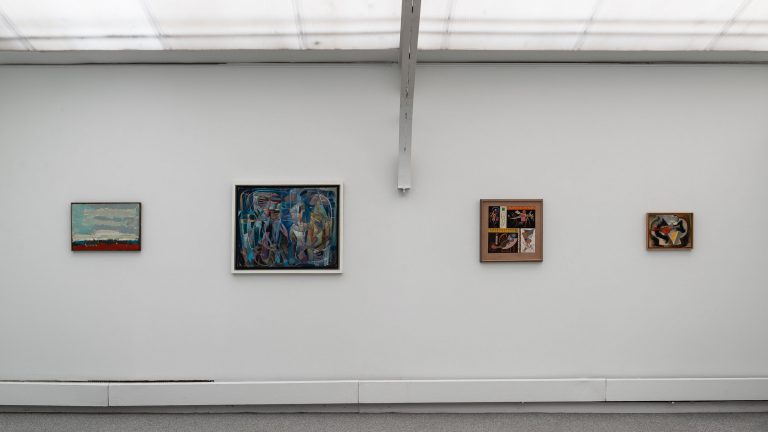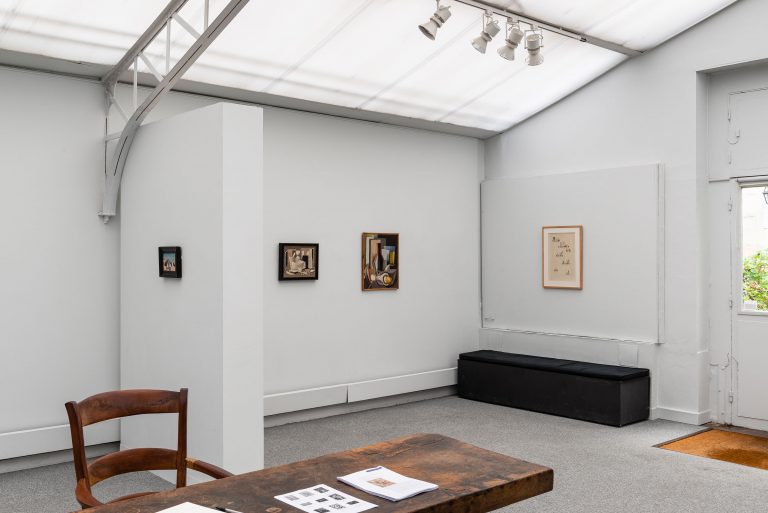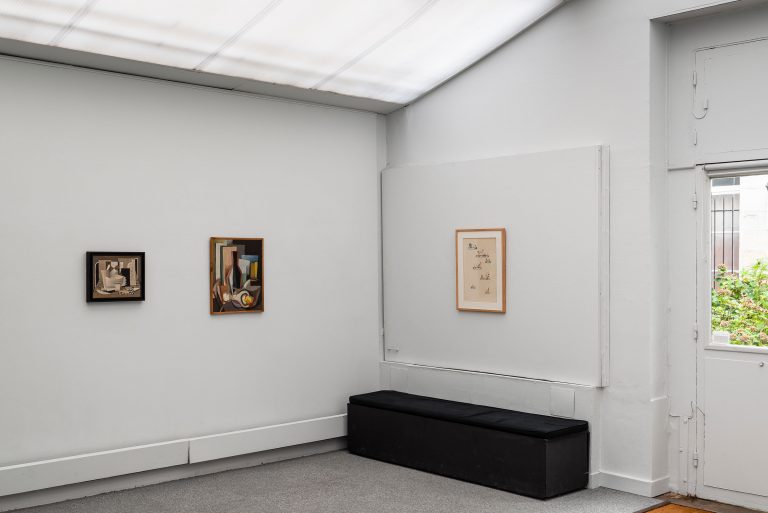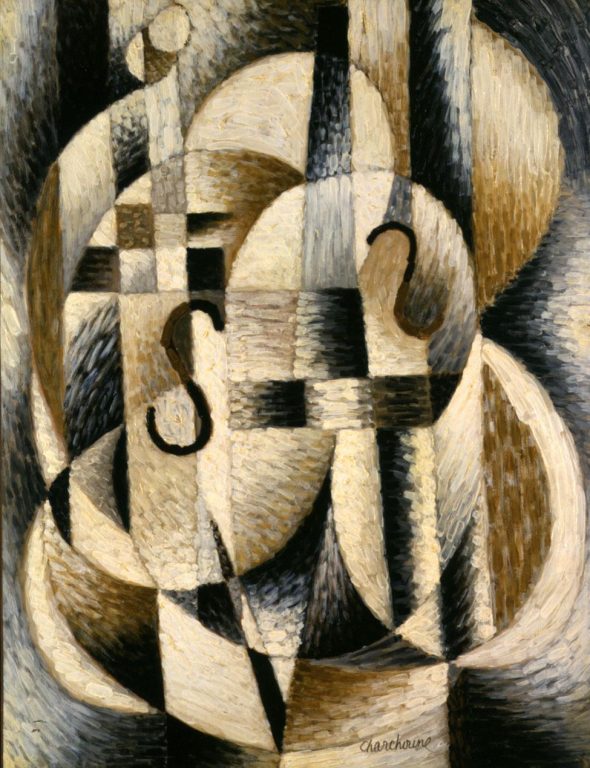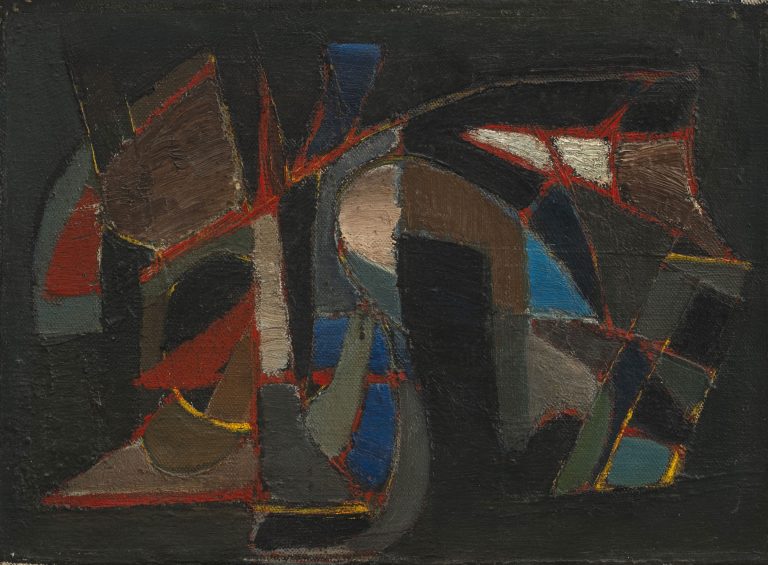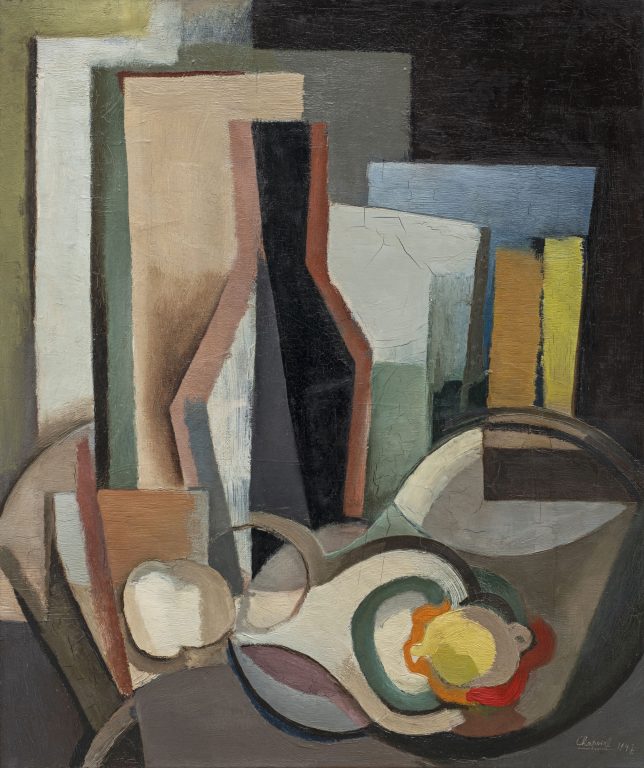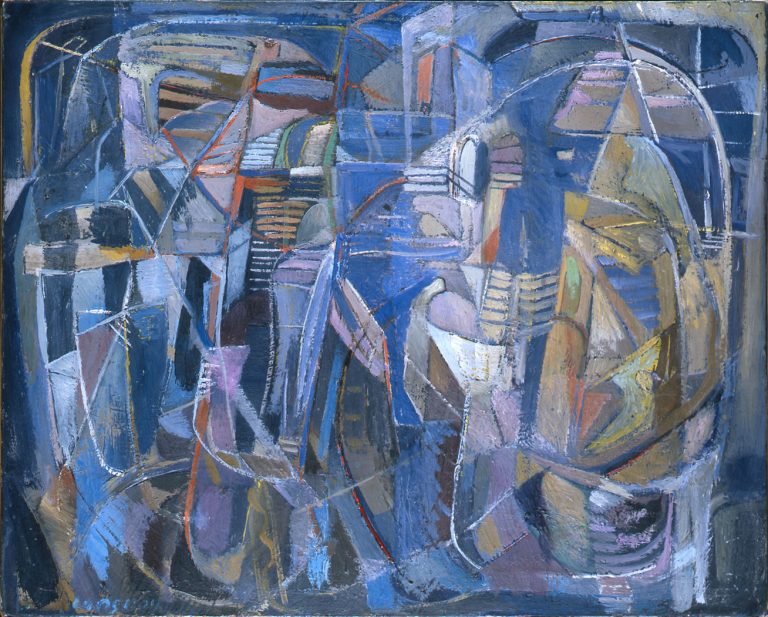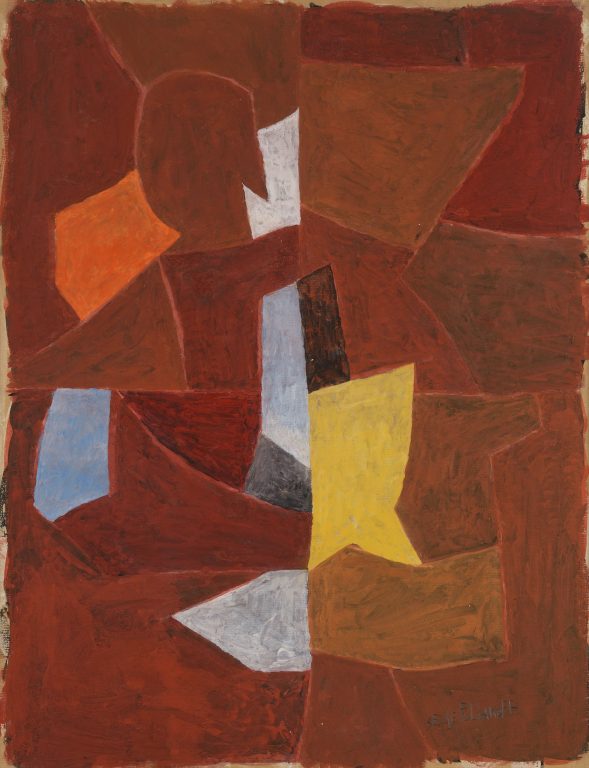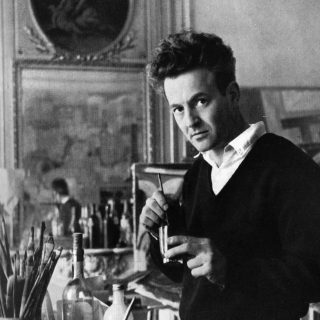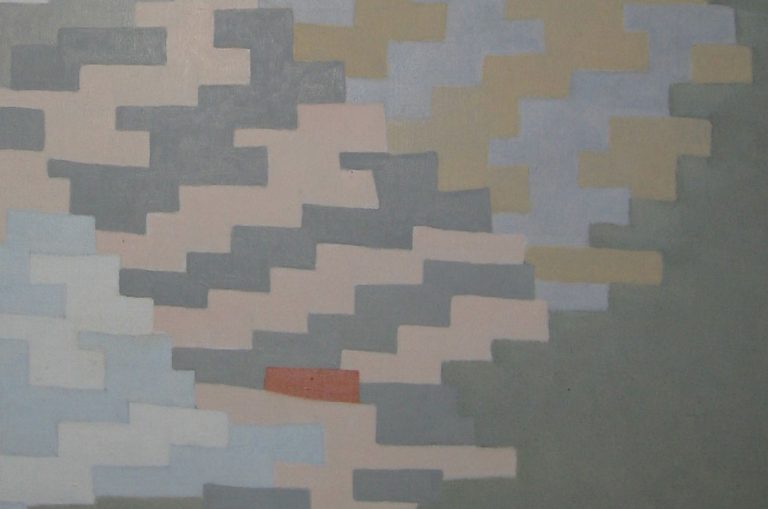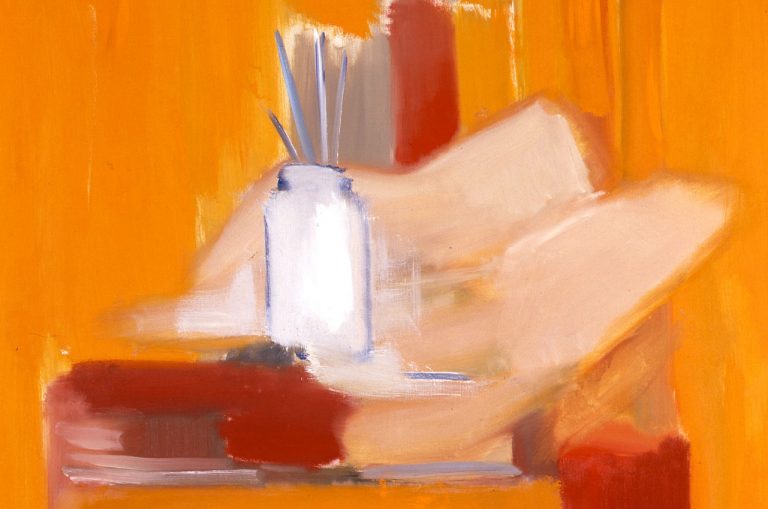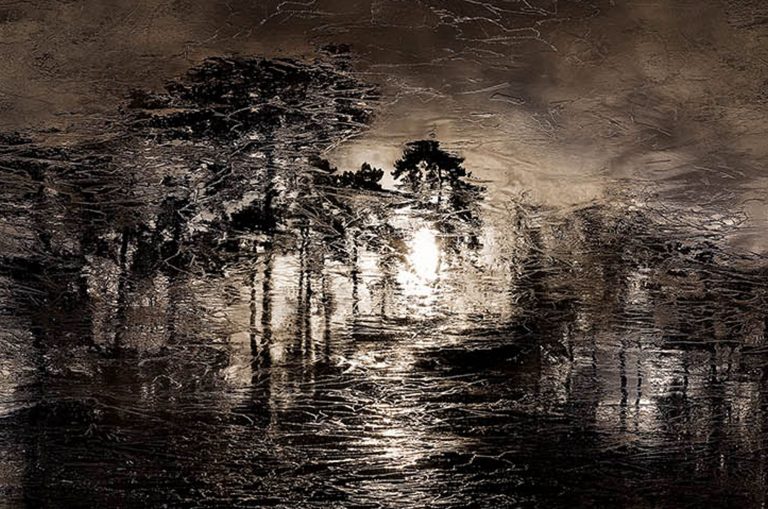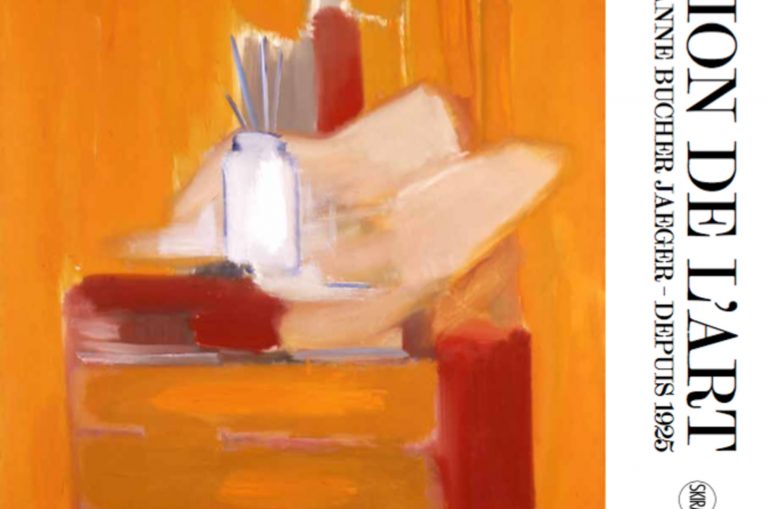12.09.2018 — 18.12.2018
Les Russes à Paris
1925-1955
Youla Chapoval, Serge Charchoune, Vassily Kandinsky, André Lanskoy, Vera Pagava, Serge Poliakoff, Nicolas de Staël
St Germain Space
Past
Jeanne Bucher Jaeger - St Germain Space
Photograph by Grégory Copitet
Jeanne Bucher Jaeger - St Germain Space
Photograph by Grégory Copitet
Jeanne Bucher Jaeger - St Germain Space
Photograph by Grégory Copitet
Jeanne Bucher Jaeger - St Germain Space
Photograph by Grégory Copitet
Jeanne Bucher Jaeger - St Germain Space
Photograph by Grégory Copitet
Jeanne Bucher Jaeger - St Germain Space
Photograph by Grégory Copitet
Jeanne Bucher Jaeger - St Germain Space
Photograph by Grégory Copitet
Jeanne Bucher Jaeger - St Germain Space
Photograph by Grégory Copitet
Jeanne Bucher Jaeger - St Germain Space
Photograph by Grégory Copitet
Jeanne Bucher Jaeger - St Germain Space
Photograph by Grégory Copitet
This Fall, in conjunction with the exhibition dedicated to the Russian avant-garde in Vitebsk at the Centre Pompidou, and on the occasion of the September 2018 Parcours des Mondes, the Jeanne Bucher Jaeger gallery will honor the Russian artists that it showed on its walls between 1925 and 1955. 1925 was the year that the gallery Jeanne Bucher was created, and 1955 was the year of Nicolas de Staël’s death.
This exhibition is in dialogue, in the same neighborhood and at the same moment, with the exhibition dedicated to Serge Charchoune by the Le Minotaure and Alain Le Gaillard galeries.
The majority of these artists left their country after the Revolution of 1917, going through Germany or Belgium, before settling in Paris, a city dreamed of by numerous Russian painters of the time who saw in it a place of liberty and ease of living. For Paris was indeed the “Capital of the Arts,” the nexus of avant-gardes that followed upon each other from the Realism of Courbet through to the Narrative Figuration of the 1970s. These avant-garde creators, which Paris welcomed, came from all over the world to study, create, and display their work. The art that they created became international and universal, so much so that they were grouped together under the name “School of Paris,” a movement that erased borders and national references. “There are no foreigners in art,” wrote Brancusi in 1922, underlining the fact that it was impossible to distinguish, in that school, that which the foreign artists borrowed from the French and that which the French borrowed from the foreigners. A common aesthetic— rejecting academicism, with an abstract tendency— was born from artists of all nationalities, many of whom did not even speak the same language.
The 1937 Paris exhibition entitled Origines et développement de l’art international indépendant at the Musée du Jeu de Paume, presenting Kandinsky and Klee, had a huge impact on Russian artists such as de Staël, Poliakoff and Lanskoy, in a pre-war climate often hostile to abstraction.
Introduced to Jeanne Bucher by Christian Zervos in 1932, Kandinsky had four exhibitions at the gallery between 1936 and 1944. His last exhibition, which coincided with de Stael’s first exhibition, took place a few months before Jeanne Bucher’s death. Praising her integrity and her infallible eye, the Russian artist described Bucher as “a seagull among black crows.” The 1942 work Communauté, a gift from the artist to the gallery, occupies an important place in the history of both art and the gallery; it has often been presented in major international exhibitions dedicated to the artist.
During the course of the Spring of 1939, Jeanne Bucher made the acquaintance of a young Russian painter of 25 years of age, Nicolas de Staël. She helped him with his housing and bought his first drawings in 1943. It was in February 1944 that Jeanne Bucher exhibited the artist for the first time, aside Domela and Kandinsky. De Staël’s first solo exhibition at the gallery took place a year later, in April 1945. Jeanne Bucher said at the time: “Our old painters are marvelous, as you know: I have a very high opinion of van Dongen, Klee, Kandinsky, Pevsner, Marcoussis and Lurçat (who does only tapestries now, and since he has been in the Resistance, continues his beautiful political activity in the Lot). Among the young, since I do not speak of M. Ernst, Dalí, Miró, Tanguy and Masson, whom you know and who are in a class by themselves, there are above all Lapicque, Estève and Bazaine. My favorites are Lanskoy and Nicolas de Staël, who are the most abstract and follow neither Matisse nor Bonnard, nor even Picasso.” Since that time, seven other solo exhibitions would be dedicated to de Staël, for whom there was a vibrant tribute on the 30th anniversary of his death during the 1985 FIAC.
The only solo exhibition of André Lanskoy at the gallery in May 1944 took place under the Occupation and censorship, abstraction being considered to be “degenerate art” at the time. The canvases and the watercolors that were presented there rendered visible the decompositions of interior scenes that the artist undertook through colors and forms. This exhibition would also mark the first encounter between Lanskoy and his compatriot de Staël.
The exhibition that followed that of André Lanskoy at the gallery reunited, in June of 1944, Dora Maar, the ex-companion of Picasso, and the young Georgian artist Vera Pagava. Having arrived in Paris in 1923, Pagava became, from the very start of her studies as the Académie Ranson, an unswerving friend of Vieira Da Silva.
In 2016, a notable retrospective, for which Matthieu Poirer was engaged as curator, was dedicated to her by the gallery, in collaboration with the Le Minotaure et Alain Le Gaillard galeries. Just as William Turner transcribed the dazzling light of the Sun, and as Robert Delaunay and Giacomo Balla translated rays of electric lighting through bright colors and sharp lines, Vera Pagava favored indirect or implicit rays, as if filtered by several layers of oil paint. Pagava’s language is that of a subtle chromatic palpitation, of a sublimity at once atmospheric and intimate… Matthieu Poirer
Representing the second school of Paris, Serge Poliakoff, who moved to Paris in 1923, never had a solo exhibition at the gallery. He was however a regular visitor at Boulevard du Montparnasse in the 1950s. Several masterworks exhibited at that time reveal an astonishing luminosity characterized by the use of pure pigments and by the superposition of colors.
The only exhibition of Serge Charchoune’s work at the gallery took place in 1926, at the rue du Cherche-Midi gallery: “Serge Charchoune, an unknown painter of ornamental cubism.” Influenced by Mozarabic art and the anthroposophy of Rudolf Steiner, the painter met Jeanne Bucher through the efforts of André Salmon and Waldemar George.
The Ukranian artist Youla Chapoval, an intimate of the great collector Henri Dutilleul and Jean Cocteau, had a lightning-swift career in Paris, from the beginning of the Second World War until his death in 1951, at the age of 32. Two exhibitions, both of which were very successful, were dedicated to his work at the gallery, in 1947 and 1949. It was there that Georges Pompidou himself acquired his first artwork; Paule Auriol, daughter-in-law of President Auriol, came accompanied by Robert Rey, who acquired a work for the Musée d’Art Moderne de la Ville de Paris; and Dina Vierny, Gildas Fardel, Jean Leymarie, the young Pierre Boulez, Charles Estienne and Madeleine Rousseau were also present, eager to discover this young prodigy whose career would be cut so prematurely short.
The artists exhibited have, for the most part, been presented in exhibitions mounted at the gallery, which from its inception has been open to the most avant-garde artistic talents of its time.
Oil on canvas
CR 140
39,8 × 32 in
Photograph by Georges Poncet
Oil on cardboard
19,7 × 19,7 in
Photograph by Jean-Louis Losi
Oil on paper mounted on canvas
25,8 x 19,9 in
Oil on canvas
21,6 × 18,1 in
Photograph by Jean-Louis Losi
Oil on canvas
24 x 15 in
Oil on Canvas
9,4 × 12,9 in
Photograph by Jean-Louis Losi
Oil on canvas
21,6 × 18,1 in
Photograph by Jean-Louis Losi
Oil on canvas
25,4 × 31,7 in
Photograph by Jean-Louis Losi
Gouache on paper
24,4 × 18,9 in
Photograph by Jean-Louis Losi
Oil on canvas
CR 140
39,8 × 32 in
Photograph by Georges Poncet
Oil on cardboard
19,7 × 19,7 in
Photograph by Jean-Louis Losi
Oil on paper mounted on canvas
25,8 x 19,9 in
Oil on canvas
21,6 × 18,1 in
Photograph by Jean-Louis Losi
Oil on canvas
24 x 15 in
Oil on Canvas
9,4 × 12,9 in
Photograph by Jean-Louis Losi
Oil on canvas
21,6 × 18,1 in
Photograph by Jean-Louis Losi
Oil on canvas
25,4 × 31,7 in
Photograph by Jean-Louis Losi
Gouache on paper
24,4 × 18,9 in
Photograph by Jean-Louis Losi
practical informations
St Germain Space
By appointment
53 rue de Seine
75 006 Paris – France
T +33 1 42 72 60 42
F +33 1 42 72 60 49
info@jeannebucherjaeger.com
